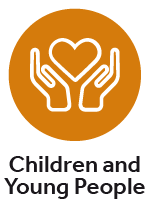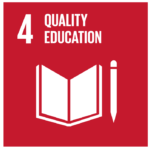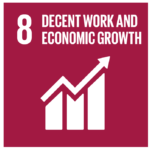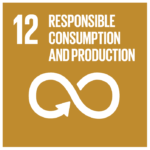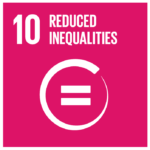
Indicator 14: Skills Development
A review of delivery in the first three years of the plan (2018-21) has been carried out and you can read more in our main findings. This page looks at progress in year 1 of delivery (2018/19) only.

Table shows:
- Indicator of success – Number of new skills development opportunities from projects in the National Park.
- Target – Increase opportunities in the National Park over the plan period.
- Baseline year – 98,353 hours of opportunities
What does this tell us?
2018-19 saw more than 98,000 hours spent participating in skills development, equivalent to more than 16,000 six-hour days.
The breadth of the work is significant, with opportunities provided as part of a wide range of projects that were delivered or funded by the National Park Authority, or delivered by a partner with whom we have a formal agreement. Skills development activity took place across the National Park and covered a diverse variety of topics, such as business administration, restoration of traditional buildings and nature tourism. The opportunities also covered a broad spectrum of types of skills development, from volunteering to SQA accredited learning.
Key facts:
- 98,353 hours spent participating in skills development
- 63,456 hours Certified Learning (non SQA accredited) combined with volunteering
- 16,419 hours volunteering
- 15,724 hours work-based learning (SQA accredited)
- 2,492 hours structured learning
- 262 hours work-based learning (non SQA accredited) combined with school-employers pathway programmes
Whilst the Partnership Plan emphasises skills development, it is important to note that the activity found in 2018-19 was not the product of a dedicated delivery plan in skills development. Instead most delivery appears to have evolved as a part of the development of other priority areas of work, with project officers integrating skills development into a wide range of activity of their own volition.
This year’s findings provide a baseline for this indicator, as information has not previously been collected and collated in this way. 2019-20 will be the first year we can report on whether or not an increase in skills development opportunities is seen. Total number of hours will be reported, as this was found to be the most meaningful common unit of measurement across the projects, but we will continue to collect as much information as is proportionate and feasible. Please note that practical constraints were apparent in all available ways to collect the information, so the findings are best viewed as an estimate.
Case Study – Hear from Struan
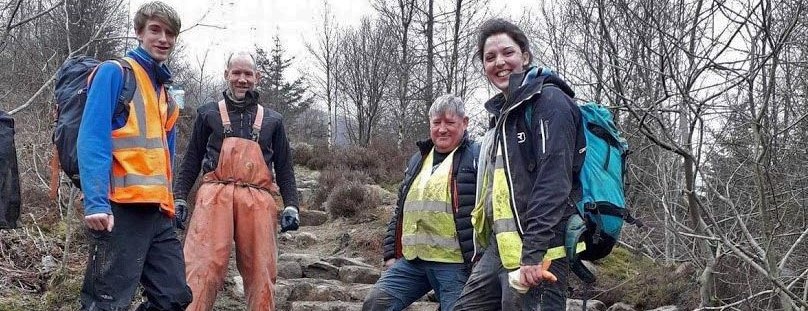
Struan (on the left) volunteering with path building for The Mountains & The People project
Doing something different always brings new experiences and sometimes you will find something you are passionate about and will create really good memorable experiences.
Struan Burch is one of the National Park’s youngest volunteers and also one of the most passionate. He loves discovering new skills in the outdoors and the “incredible variety in activities” he can get involved in, from rebuilding paths on Ben Ledi to doing wet land bird and water vole surveys out on Loch Lomond.
Skills Audit and Strategy
A National Park Skills Audit and Strategy requires to be developed over the period of the Partnership Plan, which will give an enhanced understanding of overall skills gaps and provision in the National Park, provide a framework for delivery of skills development activity, and likely a more robust methodology for this indicator. It may also enable us to capture the breadth of work being delivered by others (in addition to that delivered or funded by the National Park Authority or delivered by a partner with whom we have a formal agreement) something currently beyond the scope of this indicator. The current approach to tracking this indicator is necessarily more pragmatic than any methodology resulting from the Skills Audit and Strategy and so will be used as a temporary measure in the interim.
Contribution to National Outcomes
Progress on this indicator contributes to the following National Outcomes:
Contribution to Sustainable Development Goals
Progress on this indicator contributes to the following Sustainable Development Goals:




